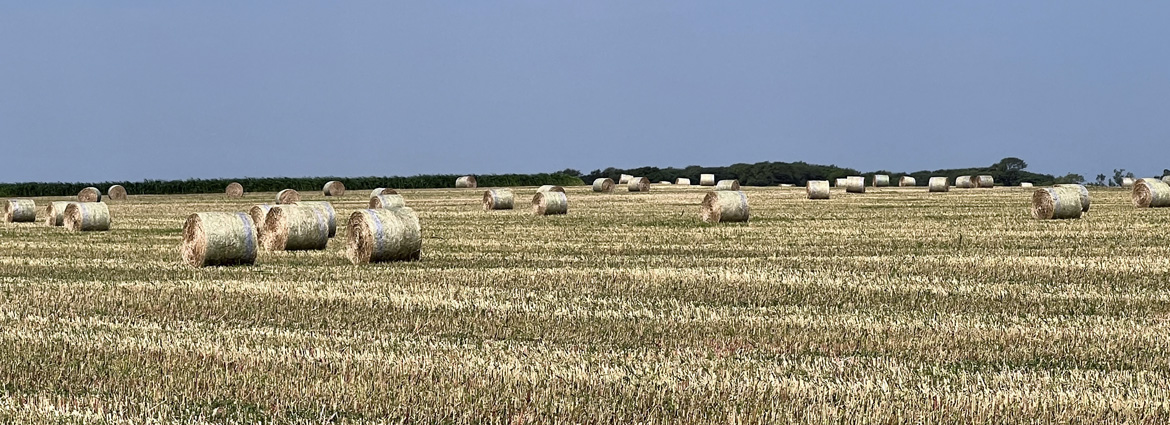
2024 Farm Income Forecasted to Decline
As we begin 2024, one apparent factor in the ag sector is high input prices. For instance, the USDA reported that wheat cost-of-production is projected to be 30% higher since 2020. While corn and sorghum input costs are 26% higher, and soybean input costs are 25% higher within that same timeframe. Specifically, we have seen big jumps in the prices of fertilizer, chemicals, fuel and oil, and equipment maintenance. More importantly is the jump in interest expense, (USDA Says High Farm Production Costs Not Easing in 2024, 2023).
Based off USDA data, input costs peaked in 2022. However, production costs are slow to decline and are not on comparable footing with projected lower commodity prices. Most forecasting tools show a significant drop in corn/sorghum prices and a marginal dip in wheat prices, (World Agricultural Supply and Demand Estimates, 2024)
This creates a perfect storm for Kansas Farmers. High inputs are pushing breakeven points well above traditional county average yields. This trendline does not bode well for farmers, with serious concerns on large decrease in farm income. The USDA is projecting net farm income will decrease 25.5% or $39.8 billion dollars, (USDA Says High Farm Production Costs Not Easing in 2024, 2023).
Finally, weather may become another serious factor in the second half of 2024. Multiple reports from the National Weather Service indicated that El Nino is forecasted through the spring of 2024. With a shift back to La Nina sometime in the middle of the summer. Some key factors are the importance: 1) rain in April, May, and June for grass acres. 2) Adequate moisture for spring crops at planting time. and 3) Timely moisture at sorghum heading and dough stages mid-summer.